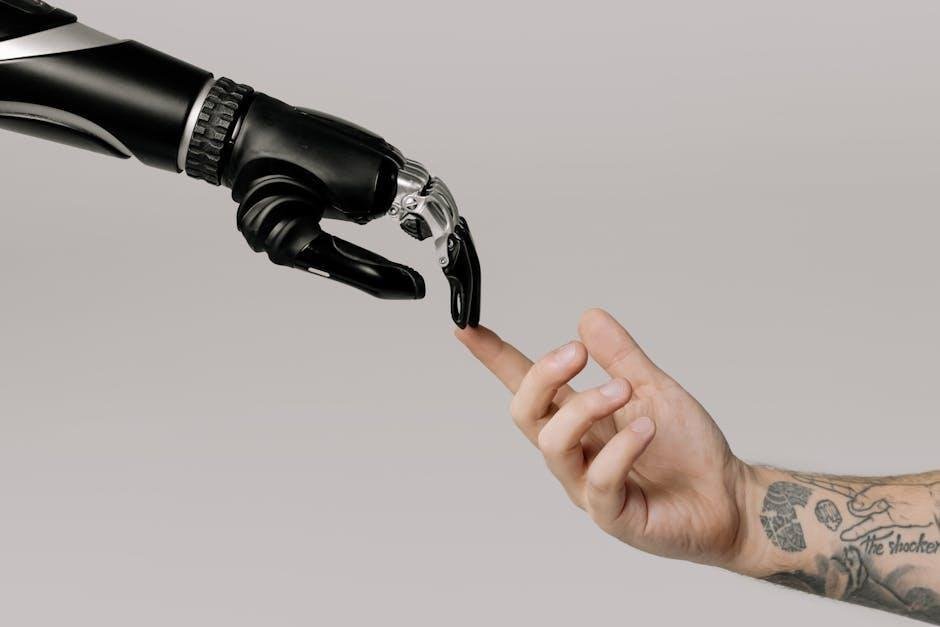Table of Contents
Transforming through Technology

The integration of artificial intelligence (AI) into various industries is reshaping how we work and live. While this shift holds immense potential for innovation, it also raises concerns about job displacement. as we delve into this technological evolution, it’s essential to explore both its benefits and challenges.
Disruption or Possibility?
AI is revolutionizing industries by enhancing efficiency and productivity. From automating mundane tasks to providing data-driven insights, organizations leverage AI to streamline operations. As an example, chatbots now handle customer inquiries, enabling human employees to focus on more complex issues.
However, this technological advancement can inadvertently lead to job loss in conventional roles. Workers in sectors like manufacturing and data entry face increased competition from machines. Despite this, many experts argue that new opportunities will emerge, creating roles that require human creativity and emotional intelligence.
The Future of Work
The future workplace will likely demand a blend of technical skills and human touch. Upskilling and reskilling will be crucial for employees to remain relevant in an AI-driven market.Companies that foster a culture of continuous learning will thrive, empowering workers to adapt to changing demands.
Additionally, collaboration between AI systems and human workforce can drive innovation. Instead of viewing AI as a threat, embracing it as a partner can enhance job satisfaction and productivity. Focusing on hybrid roles may provide the best path forward,blending technology with human insight.
Balancing Innovation and Employment

AI is not merely a disruptor; it is indeed a catalyst for change. While the potential for job displacement exists, the emergence of new roles and the demand for advanced skills can lead to a more dynamic workforce. By fostering a proactive approach to learning and adaptation, we can ensure that technological advancements benefit both industries and workers alike.
The challenge lies in how we embrace this change, ensuring that innovation does not come at the expense of stability in employment.



